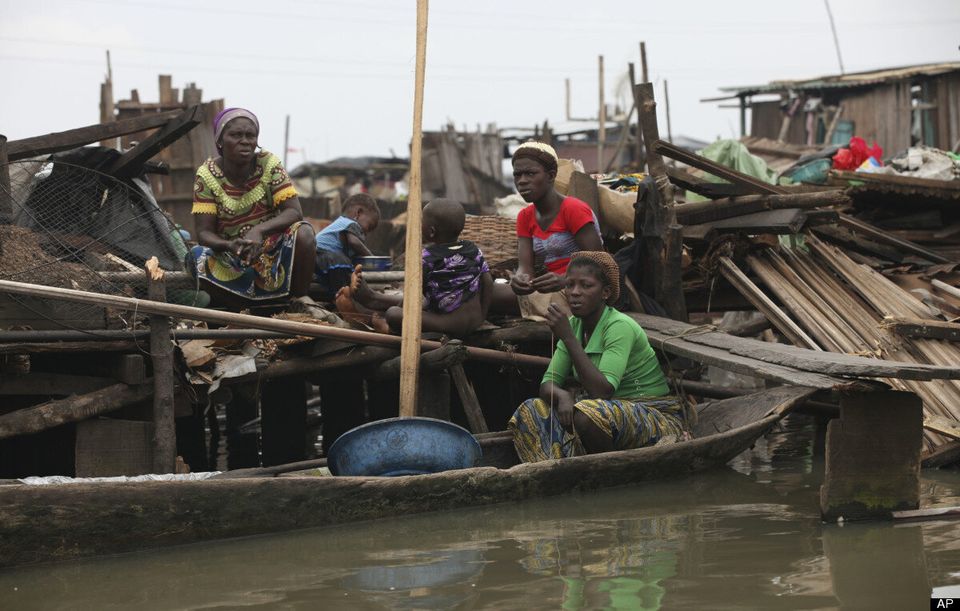
In Canada, kids divide their time between school and a myriad of different music/dance/sports activities. But for many kids around the world, their days consist of backbreaking, manual labour, often for less than 50 cents a day.
The number of child slaves internationally is staggering. There are 115 million children around the world who do dangerous work, according to the International Labour Organization. A number of children that equates to 3.3 times the population of Canada, are involved in industries like mining, fishing, domestic labour, and the sex trade.
We just got back from India where we met some of these kids. It was an eye-opening trip for us -- we have landfills in North America that are cleaner than what we saw in India. The kids there are living around garbage, scrap, and decaying waste, running barefoot. No child should have to live like that.
We get to see a lot of shoddy construction and some pretty awful houses in our profession, but our trip to India with World Vision made us realize we have it pretty good back in North America.
Imagine the four walls around you are basically walls of blue tarp held up by tree branches. Your floor is a slab of cement if you're lucky, or a dirt floor where rats and bugs greet you at every corner as they scavenge through heaps of litter, scrap, and human waste. This is the reality of a Delhi slum. It was here World Vision introduced us to a 13-year-old boy named Bittoo. He was a child beggar and labourer for most of his life. His parents wanted him to work so he could earn money for food. He was destined to be a beggar for the rest of his life. But two years ago, a small 10X10 shack was erected nearby so he and other children in the slum could begin learning the basic ABC's. If it wasn't for this school, they would never be allowed to enter government school. Bittoo now knows how to read and communicate. Where the very word "dream" was not even part of his vernacular, he now understands that he can hope for something different and better than a life in the slum. He took us for a tour, and then, like kids, we climbed to the rooftop of the slum where he proudly showed us his play area, but wanted to let us know he wants to become a doctor.
Child slavery is a consequence of poverty, discrimination, and powerlessness, where the strong take advantage of the weak and vulnerable. A child's lack of access to basic necessities (food, shelter, water, education), unscrupulous employers, demand for cheap goods, and poor child protection and labour laws result in millions of children experiencing abuse, permanent ill health and, in some cases, death.
Canadians have the power to change the world, through their actions and consumer choices, but often feel powerless, or don't know what to do. You'll find a few concrete things that you can do to help protect children around the world at www.endchildslavery.ca.
There are the first steps that we can take to help stop the tragedy of child slaves, and give these kids the same opportunities we give Canadian kids.
